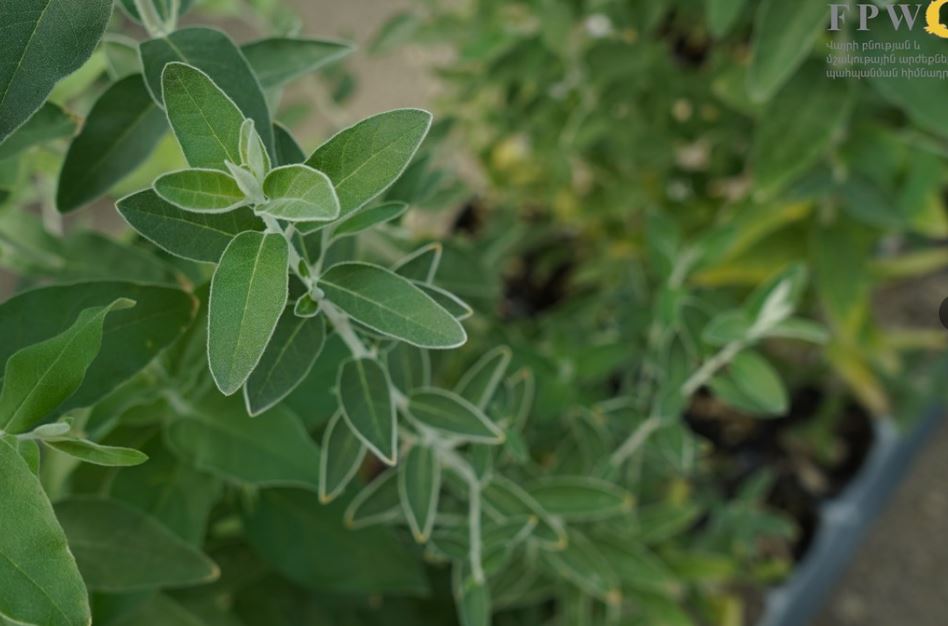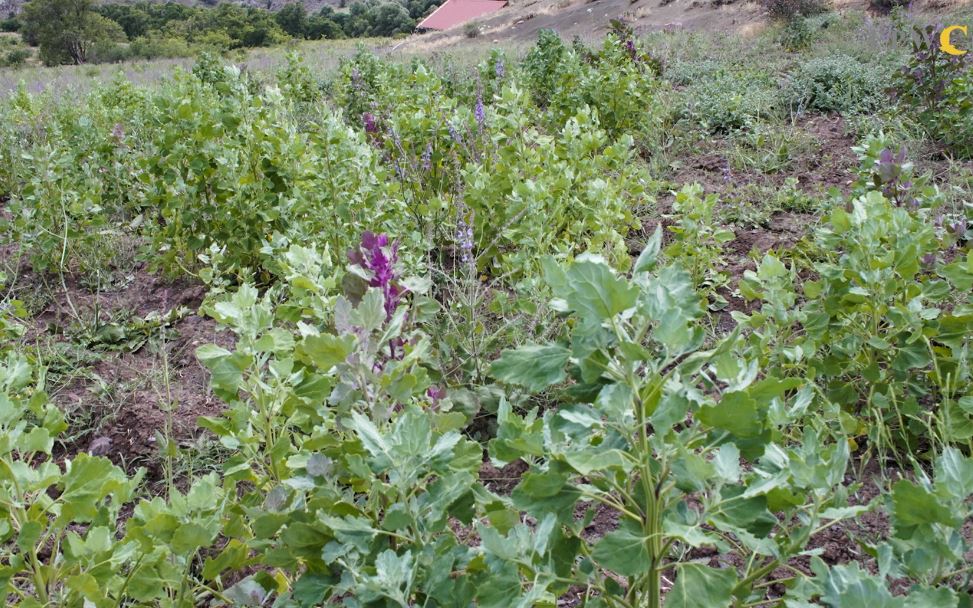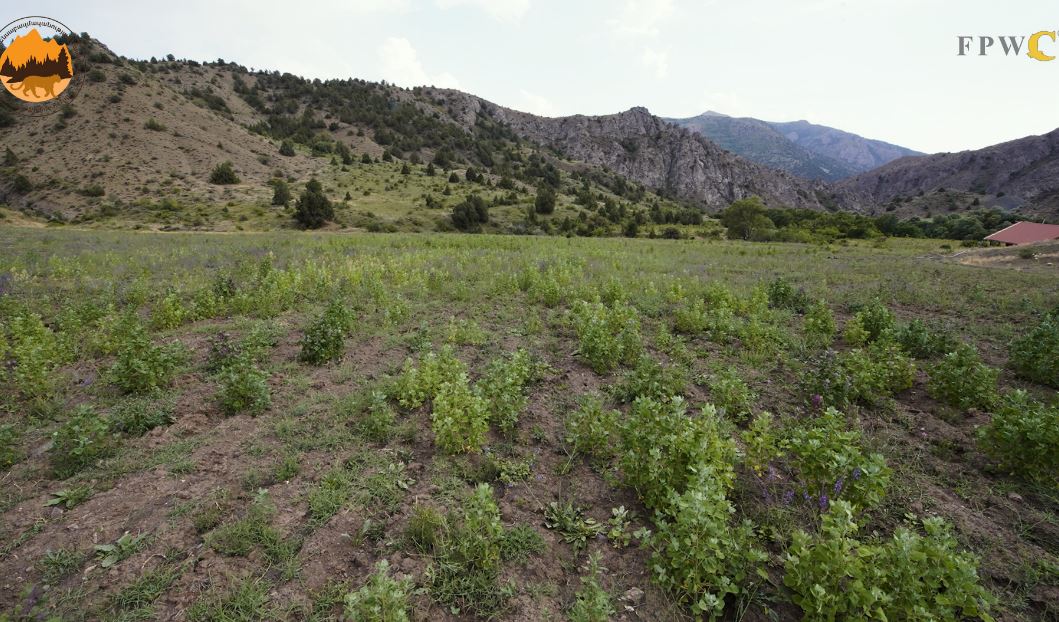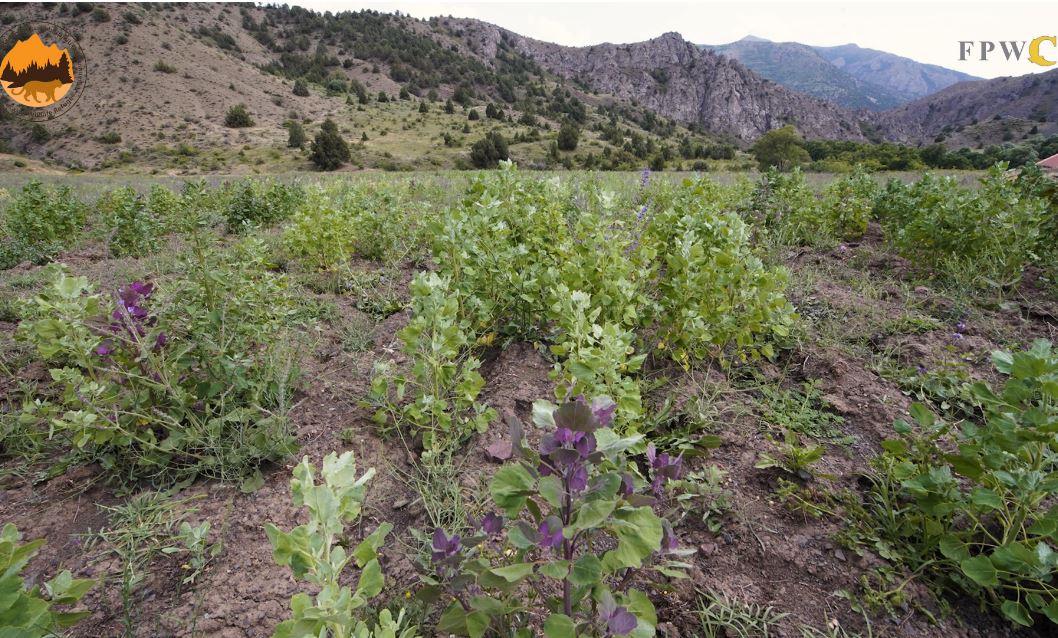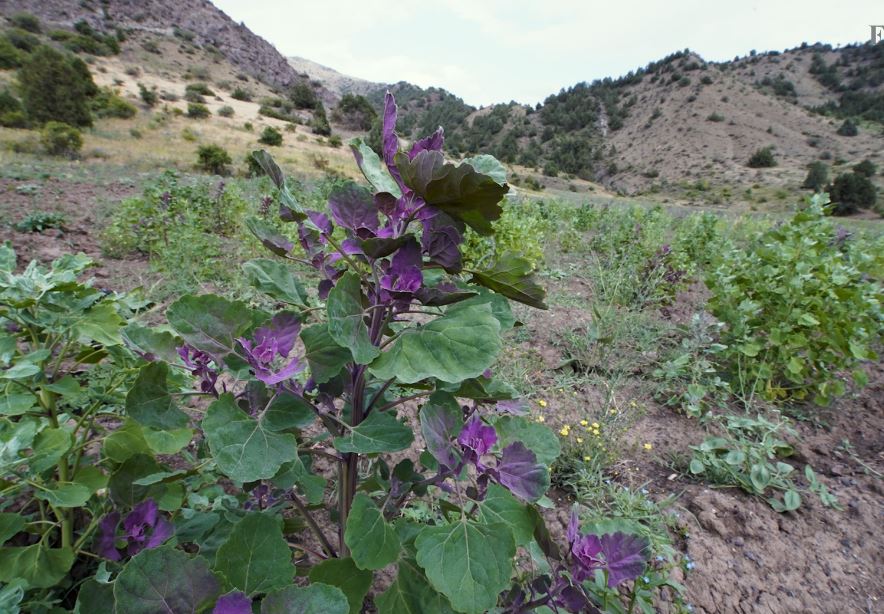
Published on 01/03/2023
This year we managed a whole field of extremely useful edible seeds – Quinoa /Chenopodium quinoa/. Quinoa is not a grass, but rather a pseudo cereal botanically related to spinach and amaranth, and originated in the Andean region of northwestern South America. It was first used to feed livestock 5.2-7.0 thousand years ago, and for human consumption 3-4 thousand years ago in the Lake Titicaca basin of Peru and Bolivia.
Raw, uncooked quinoa is 13% water, 64% carbohydrates, 14% protein, and 6% fat. Nutritional evaluations indicate that a 100-gram (3 1⁄2-ounce) serving of raw quinoa seeds is a rich source (20% or higher of the Daily Value, DV) of protein, dietary fiber, several B vitamins, including 46% DV for folate, and the dietary minerals magnesium, phosphorus, and manganese. Since the early 21st century when quinoa became more commonly consumed in North America, Europe, and Australasia where it was not typically grown, the crop value increased. Between 2006 and 2013, quinoa crop prices tripled.
In any case, over the last 5,000 years the biogeography of Chenopodium quinua has changed greatly, mainly by human influence, convenience and preference. It has changed not only in the area of distribution, but also in regards to the environment this plant used to be able to flourish in, in contrast to the habitats on which it is able to do it now.
